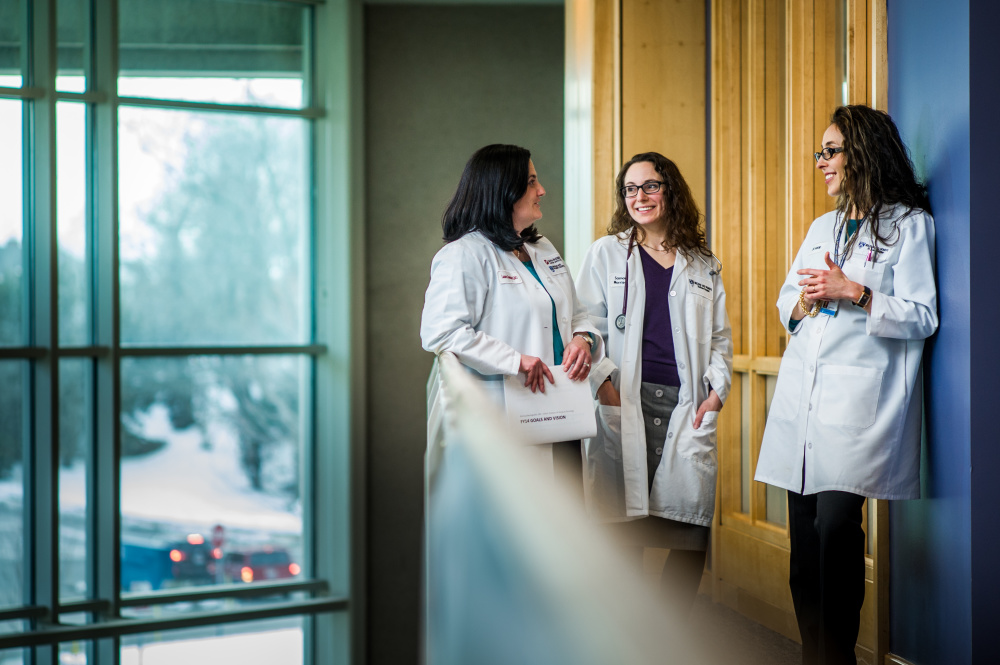Many women who undergo a mastectomy, either to treat breast cancer or reduce their risk for the disease, are eligible for reconstructive procedures that restore the shape of the lost breast. The choice a woman makes – whether to have reconstruction, what type, and when – is highly personal, and takes into account her overall health as well as her preferences in a variety of areas. These can include aesthetic concerns, the recovery time for different reconstructive procedures, and the ability to regain full function after recovery.
The most recent statistics show that 40 to 50 percent of mastectomy patients have some form of breast reconstruction. We asked Laura Dominici, MD, a breast cancer surgeon at the Susan F. Smith Center for Women’s Cancers at Dana-Farber, to discuss the choices available, along with the pros and cons of each.

The options can be divided into three categories: no reconstruction, surgical reconstruction using breast implants, and surgical reconstruction using tissue taken from another part of the body.
Read More:
Women who choose not to have reconstruction immediately after a mastectomy can opt to have it done at a later time. Although their chest will be flat where the surgery was performed, women can gain the appearance of a breast under clothes by placing a pop-in form in their bra.
What are the surgical options?
- Implant reconstruction. Today, implants come in a wide variety of shapes and sizes and provide a more natural appearance than previous ones did. And unlike older implants, which were notorious for leaking silicone into the body, newer models resist leakage even if they develop an opening. The procedure for placing an implant is shorter than procedures using a patient’s own tissue, and the recovery times tend to be shorter. The downside to implants is that they have a less natural appearance and may need to be replaced 15-20 years after implantation.
- Tissue reconstruction. In this procedure, plastic surgeons remove skin and tissue from another part of the body – often the abdomen, back, thigh, or buttocks – to use in reconstruction. It involves a longer surgical procedure than implants do and a longer recovery period, in part because two sections of the body have scars. While this approach produces a natural-looking breast, patients may require brief follow-up “correction” surgeries to achieve the best result. Once these are complete, however, the rebuilt breast usually doesn’t require further alteration.
Reconstruction often is an option for women who need radiation therapy after a mastectomy. While radiation can increase the chance of complications and alter the cosmetic appearance of the reconstructed breast, advances in surgical techniques produce good results for many patients, Dominici notes.
When a patient elects to have reconstruction performed in tandem with a mastectomy, the breast surgeon and plastic surgeon – who performs the reconstruction – coordinate closely on the procedure. These women may gain the psychological benefit of waking up from surgery with a breast mound already in place, Dominici says.
But not all mastectomy patients are eligible for immediate breast reconstruction, Dominici notes. If the cancer is advanced or has spread to surrounding skin, or if the patient has other health issues or is at high risk for infection or other complications, immediate reconstruction may not be advisable, but it can sometimes be done later.
Learn more about breast cancer treatment at the Susan F. Smith Center for Women’s Cancer.
